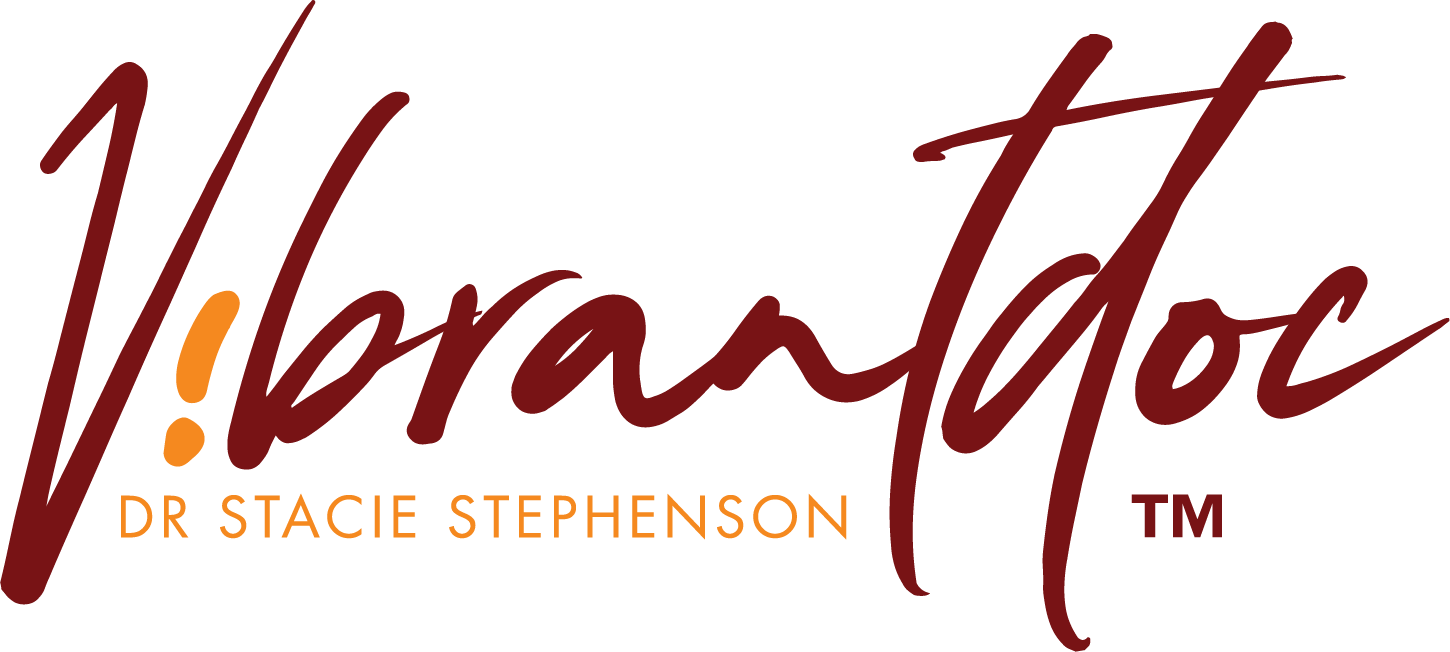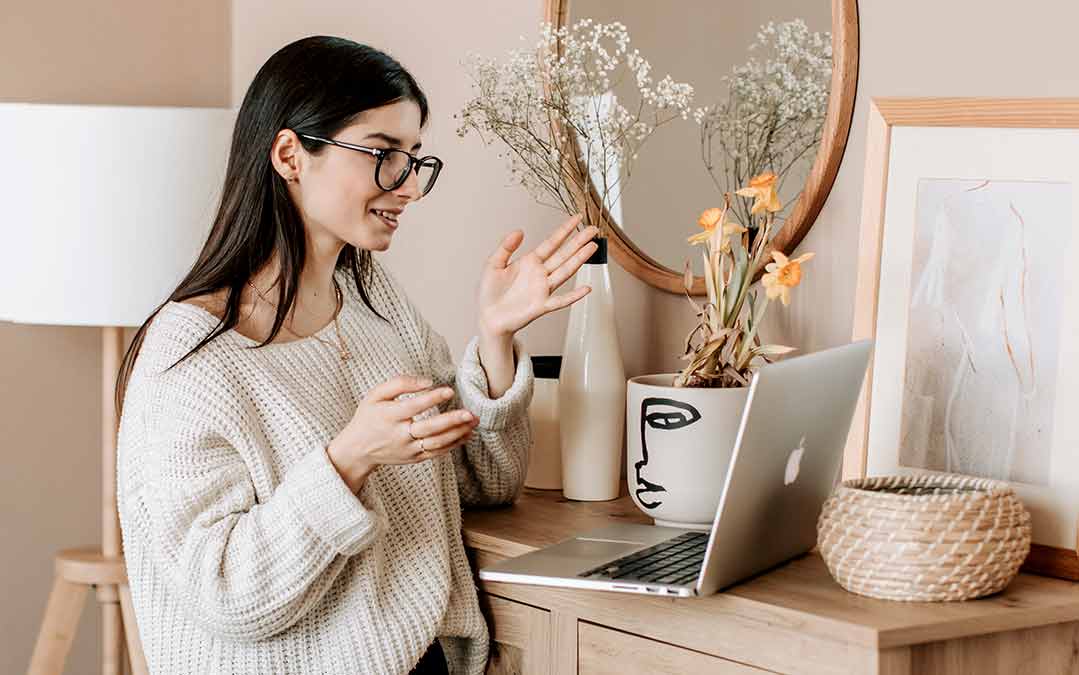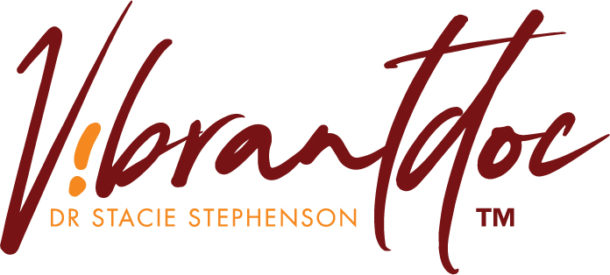As I write this, we are in the midst of a global pandemic that has resulted in people all over the world staying home and staying away from others. When we do go out, many (depending on where they live and their health status) must wear masks that cover their faces. We are either staying away from others, or walking around without any awareness of what anyone else is feeling because we can’t see the parts of each other that express emotional connection. Barriers between people have been erected in stores and other public places, and we are all supposed to stay six feet apart. It’s disconcerting at best, but for some, it’s causing serious mental health issues.
My husband tells me about the ancient pre-Incan Uros tribe that still lives in Peru, on the man-made free-floating reed islands on Lake Titicaca. When someone commits a capital crime, the Uros detach a part of their floating island, put the perpetrator on it, and push it away. That person becomes literally confined to their own island, forever isolated from the community. That’s how this pandemic has felt to many of us. I won’t get into whether social distancing is right or wrong, good or bad, but it has been a bit like we’ve all had our islands detached from each other and we are floating away, alone or with our immediate families, cut off from the society we knew.
Those who live alone may be most at risk for mental health breakdown during this pandemic. Even those “sheltering in place” with family say they deeply crave contact with friends, work colleagues, and the world in general. By the time you read this book, social distancing may be a thing of the past, or it may still be in full force, or it may come and go and come again. We don’t know what the future holds, but the reality right now, which I’m sure all of us, all over the world, will remember for many years, is that the connections we have taken for granted for so long are more important than we might have thought, for our personal health and happiness.
We don’t have any hard numbers yet, and according to the American Foundation for Suicide Prevention, we probably won’t have any meaningful data for a couple of years, but many social scientists and psychologists are expecting to see major increases in depression and anxiety as well as a spike in suicide rates due to social isolating. I’ve already seen recruitment requests for multiple research studies looking at the mental health effects of this pandemic, and I expect the impact will be significant and long-lasting.
I’ve also heard reports of a major increase in doctor suicides (it is taboo for doctors to admit mental health issues, and those dealing directly with COVID-19 patients are going through a lot right now), and many who have lost loved ones and could not be with them at the end or hold services for them and must grieve alone are also struggling. We just aren’t cut out for this kind of life. There is a reason why solitary confinement is considered the worst possible punishment for humans (and all mammals). Isolation destroys physical and mental health. Without human connection, people can quite literally die. It’s built into our biology.
Technology has eased the fallout to some extent. In 1918, when millions died from the Spanish flu, isolation was much different. We can now go online to stay connected. It’s not the same as being in a room with other people, but at least we can continue to communicate, share news, and keep up with what is happening on the outside world (for better or for worse). Video calls allow us to see each other’s faces, mask-free. It’s something to get us by, and it’s certainly better than nothing, but I hope it won’t replace face-to-face contact forever. We need to look each other in the eyes, touch, hug, and be with people, to feel their energy and be supported by their presence. This will happen again soon (it’s already happening in many places), so let’s keep looking ahead to that glorious moment! In the meantime, don’t be afraid to reach out if you need help. One great resource is online counseling. Many companies are now offering this and it can really help. In case of a mental health emergency, the National Suicide Prevention Lifeline is 1-800-273-8255.
SOURCES:
Rebecca A. Clay, “COVID-19 and suicide,” American Psychological Association, Monitor on Psychology, June 1, 2020, https://www.apa.org/monitor/2020/06/covid-suicide.
Bonnie V. Beaver, “Environmental Enrichment for Laboratory Animals,” ILAR Journal 31(2) (1989): 5–11, https://doi.org/10.1093/ilar.31.2.5.
Stuart Grassian, MD, “Psychopathological Effects of Solitary Confinement,” American Journal of Psychiatry 140 (1983): 1450–1454, https://www.nmlegis.gov/handouts/CCJ%20102716%20Item%203%20Dr%20Grassian%20Psychopathological%20Effects%20of%20Solitary%20Confinement.pdf.
American Cancer Society, “Social isolation linked to higher risk of death,” ScienceDaily, Science News, November 16, 2018, https://www.sciencedaily.com/releases/2018/11/181116110632.htm.
Geoffrey Miller, The Mating Mind: How Sexual Choice Shaped the Evolution of Human Nature (New York: Vintage Books, 2001), https://www.researchgate.net/publication/235362665_The_Mating_Mind_How_Sexual_Choice_Shaped_the_Evolution_of_Human_Nature.


